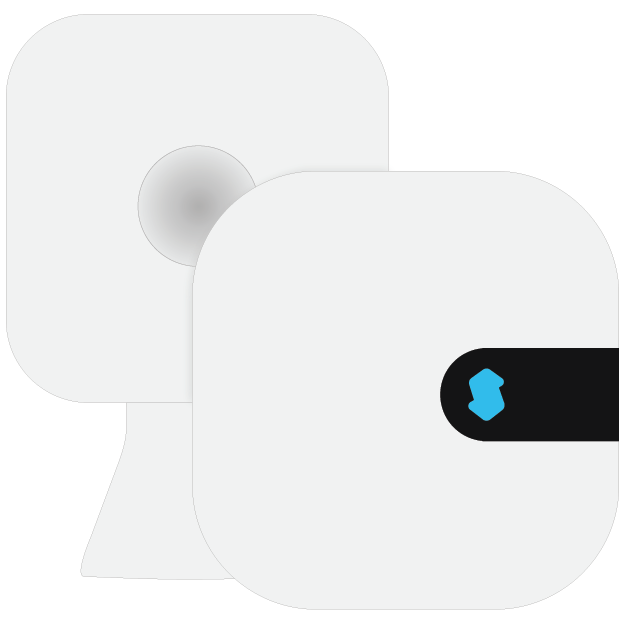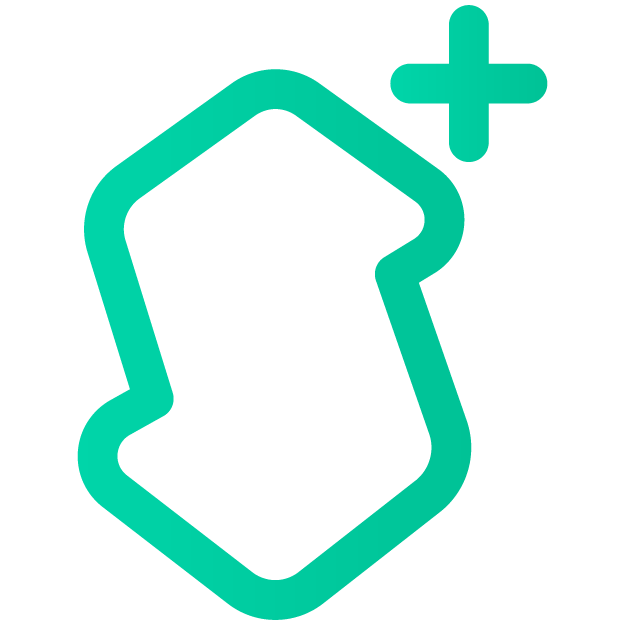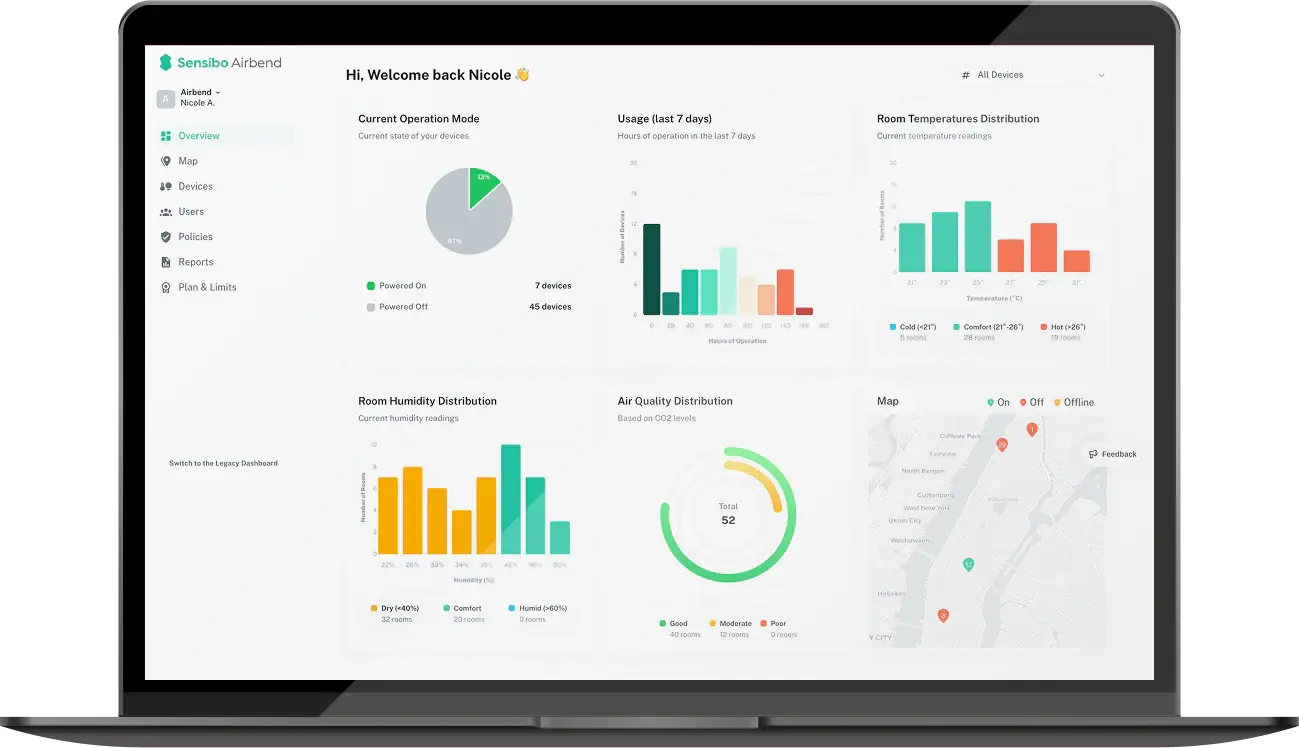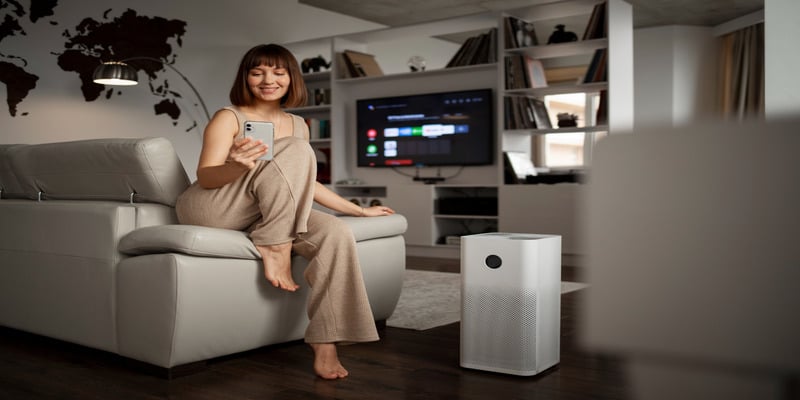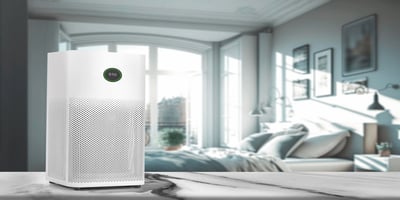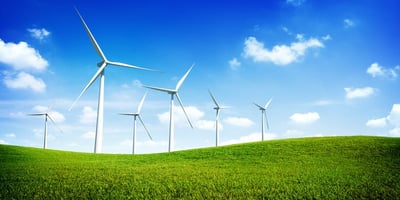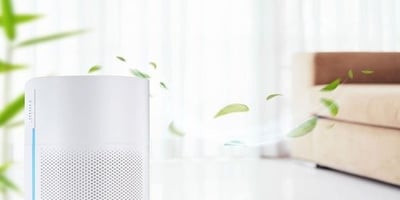Do Air Purifiers Use a Lot of Electricity? Save Energy and Money
Key Takeaways
- Air purifiers typically consume between 30 and 100 watts, translating to modest annual electricity costs when running continuously.
- Smart features and automatic modes help reduce energy costs without compromising air quality.
- Air purifier use costs significantly less than common household appliances like refrigerators or washing machines.
- Proper filter maintenance and strategic placement improve both performance and energy efficiency.
- HEPA filtration technology captures 99.97% of particles at 0.3 microns while maintaining reasonable power consumption.
- Smart air quality monitoring systems like Sensibo Elements optimize purifier operation automatically.
Concerns about air purifier energy consumption are common among homeowners considering these devices for their indoor air quality needs. However, most air purifiers use considerably less power than expected. These devices typically consume electricity comparable to running a laptop or ceiling fan. Learning about air purifier wattage and the factors that influence energy usage allows you to maintain clean indoor air while managing utility costs effectively. This guide examines the actual electricity requirements of air purifiers and provides practical information for efficient operation.
Factors Affecting Air Purifier Energy Consumption
Room size significantly impacts energy consumption when operating an air purifier. A unit with insufficient capacity for a 400 square foot living room must work continuously at higher speeds, which increases both air purifier energy consumption and mechanical wear. Proper capacity matching between the purifier and the space prevents excessive energy use.
Fan speed settings provide the primary method for controlling power consumption. Lower speeds maintain everyday air quality efficiently while using less electricity. Higher settings become necessary during specific situations such as cooking activities, wildfire smoke events, or elevated pollen levels. Standard operation at moderate speeds maintains air quality without excessive energy consumption.
Filter condition directly affects energy requirements. HEPA filters capture 99.97% of particles at 0.3 microns, but accumulated debris increases airflow resistance. The Sensibo Pure utilizes advanced HEPA filtration that balances effective air cleaning with minimal energy requirements. Regular filter maintenance maintains both air quality performance and energy efficiency.
Clean Air Delivery Rate measures cleaning speed in cubic feet per minute. Higher CADR ratings indicate faster air cleaning but require additional power for increased airflow. A unit rated at 300 CADR processes air three times faster than one at 100, creating an efficiency trade-off based on cleaning speed requirements. Continuous operation remains more efficient than intermittent use since airborne particles rapidly reaccumulate when purifiers are turned off.
Air Purifier Energy Consumption Compared to Other Appliances
Understanding air purifier energy consumption relative to other household devices provides useful perspective for evaluating electricity costs. Air purifiers rank among the lower energy consumers compared to standard home appliances.
|
Appliance |
Average Wattage (W) |
Estimated Annual Energy Use (kWh) |
|
Air Purifier |
30 to 100 |
200 to 400 |
|
Refrigerator |
100 to 800 |
600 to 1,600 |
|
Washing Machine |
500 to 1,500 |
300 to 500 |
|
Window AC Unit |
500 to 1,500 |
800 to 1,500 |
|
Desktop Computer |
100 to 250 |
200 to 600 |
Air purifier energy consumption remains in the lower tier of household electricity use. Refrigerators consume substantially more electricity due to continuous operation. Washing machines draw higher power levels during cycle operation. Air purifiers operating continuously typically use less annual electricity than desktop computers running during standard work hours.
Central air conditioning systems present a significant contrast in power requirements. These units can consume 3,000 to 5,000 watts during operation. Integrated climate control systems like the Sensibo Air Pro coordinate HVAC equipment with air quality monitoring for optimized efficiency across both heating and cooling functions.
How Long Should You Run Your Air Purifier?
Continuous operation delivers optimal air quality results. Airborne particles accumulate rapidly after purifiers are deactivated. Electricity costs for continuous operation remain a minor component of total ownership expenses compared to filter replacement and initial equipment costs.
Variable fan speed operation during continuous use balances effectiveness with efficiency. Lower speeds maintain air quality during normal conditions while higher speeds address elevated pollution periods. Automatic modes in modern air purifiers adjust operation based on monitored air quality levels without manual intervention.
Programmable scheduling optimizes operation based on household routines and air purifier cleaning time requirements. Higher speed settings during morning activities when cooking and grooming release particles, followed by reduced operation during unoccupied periods, provides efficient air quality management.
Calculating Your Air Purifier's Electricity Cost
Electricity cost calculations require three basic values. First, identify the device wattage from product specifications. Using 60 watts as an example, convert to kilowatts by dividing by 1,000, resulting in 0.06 kW.
Second, determine daily operating hours. For 10 hours of daily operation, multiply 0.06 kW by 10 hours, yielding 0.6 kWh per day. The national average electricity rate approximates 17 cents per kWh as of 2025. Multiplying 0.6 kWh by $0.17 equals approximately $0.10 daily or $3 monthly.
For continuous 24 hour operation, multiply 0.06 kW by 24 hours to obtain 1.44 kWh per day. This translates to approximately $0.24 daily or $7.35 monthly at the same rate. Regional electricity rates vary from approximately 12 cents per kWh in lower cost states to over 30 cents per kWh in Hawaii and northeastern states.

Tips for Reducing Air Purifier Electricity Costs
Several operational strategies reduce energy consumption while maintaining effective air purification. Automatic operation modes provide the most efficient approach. Air quality sensors monitor particulate levels continuously, adjusting fan speed to match pollution levels. The Sensibo Elements air quality monitor tracks six parameters including PM2.5, CO2 equivalent levels, TVOC, ethanol vapors, temperature, and humidity. Integration with Sensibo Pure through PureBoost technology activates purification automatically based on sensor data rather than fixed schedules.
Filter maintenance significantly impacts energy efficiency. Particle accumulation in filters increases airflow resistance, requiring higher fan power for equivalent performance. Manufacturers recommend replacement schedules typically ranging from 6 to 12 months for HEPA filters depending on usage intensity and environmental conditions. Monthly cleaning of washable pre filters removes larger particles before they reach primary filters.
Air purifier placement affects both cleaning effectiveness and energy requirements. Central placement with unobstructed airflow enables efficient air circulation. Corner placement or obstructed vents increase power requirements while reducing coverage. Positioning near pollution sources such as litter boxes or kitchen areas captures contaminants before distribution. Maintaining 1 to 2 feet of clearance around all sides optimizes airflow patterns.
Proper capacity sizing prevents energy waste. Undersized units operate continuously at maximum speeds without achieving target air quality. Oversized units clean air effectively at lower speeds with reduced power consumption. Comparing manufacturer coverage ratings to actual room dimensions ensures appropriate equipment selection. Multiple smaller units for specific rooms provide more efficient operation than single large units for entire homes.
How to Choose an Energy-Efficient Air Purifier
Energy efficient models reduce long term operational costs while maintaining effective air purification. Energy Star certification from the EPA indicates compliance with strict efficiency guidelines. Certified units use 40 percent less energy than conventional models according to official EPA data while meeting performance standards for air cleaning effectiveness.
HEPA filtration technology captures 99.97% of particles at 0.3 microns according to Department of Energy standards without excessive power requirements. Smart HEPA air purifiers like the Sensibo Pure implement advanced filtration with integrated controls for effective particle removal at reasonable power levels. Lower efficiency filtration alternatives may show reduced initial power consumption but require extended operation at higher speeds for comparable air cleaning results.
Integrated air quality sensors with automatic adjustment capabilities optimize energy use. The Sensibo Air Pro combines smart AC and heat pump control with comprehensive air quality monitoring for TVOC, CO2 equivalent levels, PM2.5, temperature, and humidity. Mobile app connectivity enables remote monitoring and adjustment based on current conditions rather than fixed operation schedules.
Variable speed settings allow power consumption adjustment to match air quality requirements. Units with 3 to 4 speed settings including low power modes for overnight operation provide operational flexibility. Total ownership costs include both electricity consumption and filter replacement expenses. Some models require proprietary filters at higher costs, potentially offsetting electricity savings from efficient operation.
The Bottom Line on Air Purifier Energy Costs
The question "do air purifiers use a lot of electricity" reflects reasonable concerns about utility expenses. However, actual energy consumption proves considerably lower than many consumers anticipate. Air purifiers typically cost less annually to operate than many daily expenses while providing measurable indoor air quality improvements. Strategic operational practices and proper maintenance further reduce already modest energy requirements while maintaining the respiratory health benefits these devices provide.
FAQ
Do air purifiers use a lot of electricity?
Air purifiers typically consume between 30 and 100 watts, comparable to laptop computers or ceiling fans. Continuous operation costs approximately the equivalent of running several LED light bulbs. This power consumption level remains substantially lower than refrigerators or washing machines. Energy costs generally represent a minor portion of household electricity expenses relative to air quality benefits provided.
How much does it cost to run an air purifier around the clock?
A typical 60 watt air purifier operating continuously costs approximately $6 to $10 monthly at average residential electricity rates. Annual costs vary based on specific device air purifier wattage and regional utility rates. Continuous operation expenses remain modest for most households relative to the air quality improvements achieved.
Should I leave my air purifier on all the time?
Continuous operation delivers optimal air quality results. Airborne particles reaccumulate rapidly when purifiers are deactivated. Energy costs for constant operation remain reasonable for maintaining consistent indoor air quality. Modern units with automatic modes adjust power consumption according to monitored air quality levels, reducing costs during periods of acceptable air quality.
What affects air purifier wattage the most?
Fan speed settings create the primary impact on air purifier wattage. Higher speeds require increased power but deliver faster air cleaning. Filter condition affects power requirements as accumulated particles increase airflow resistance, requiring higher fan power while reducing cleaning effectiveness. Unit capacity and CADR rating establish baseline power requirements, with larger capacity units consuming more electricity.
Are HEPA air purifiers energy efficient?
HEPA air purifiers provide effective particle capture with reasonable energy consumption. HEPA filters capture 99.97% of particles at 0.3 microns according to Department of Energy standards without excessive power requirements. This filtration effectiveness enables operation at lower speeds compared to less efficient alternatives that require higher speeds for equivalent particle removal.
How can I reduce my air purifier's energy consumption?
Automatic modes that adjust fan speed based on monitored air quality provide the most efficient operation. Regular filter maintenance reduces airflow resistance and maintains fan efficiency. Central placement with unobstructed airflow optimizes circulation patterns. Proper capacity matching to room dimensions prevents continuous maximum speed operation in undersized units while allowing efficient low speed operation in appropriately sized equipment.


